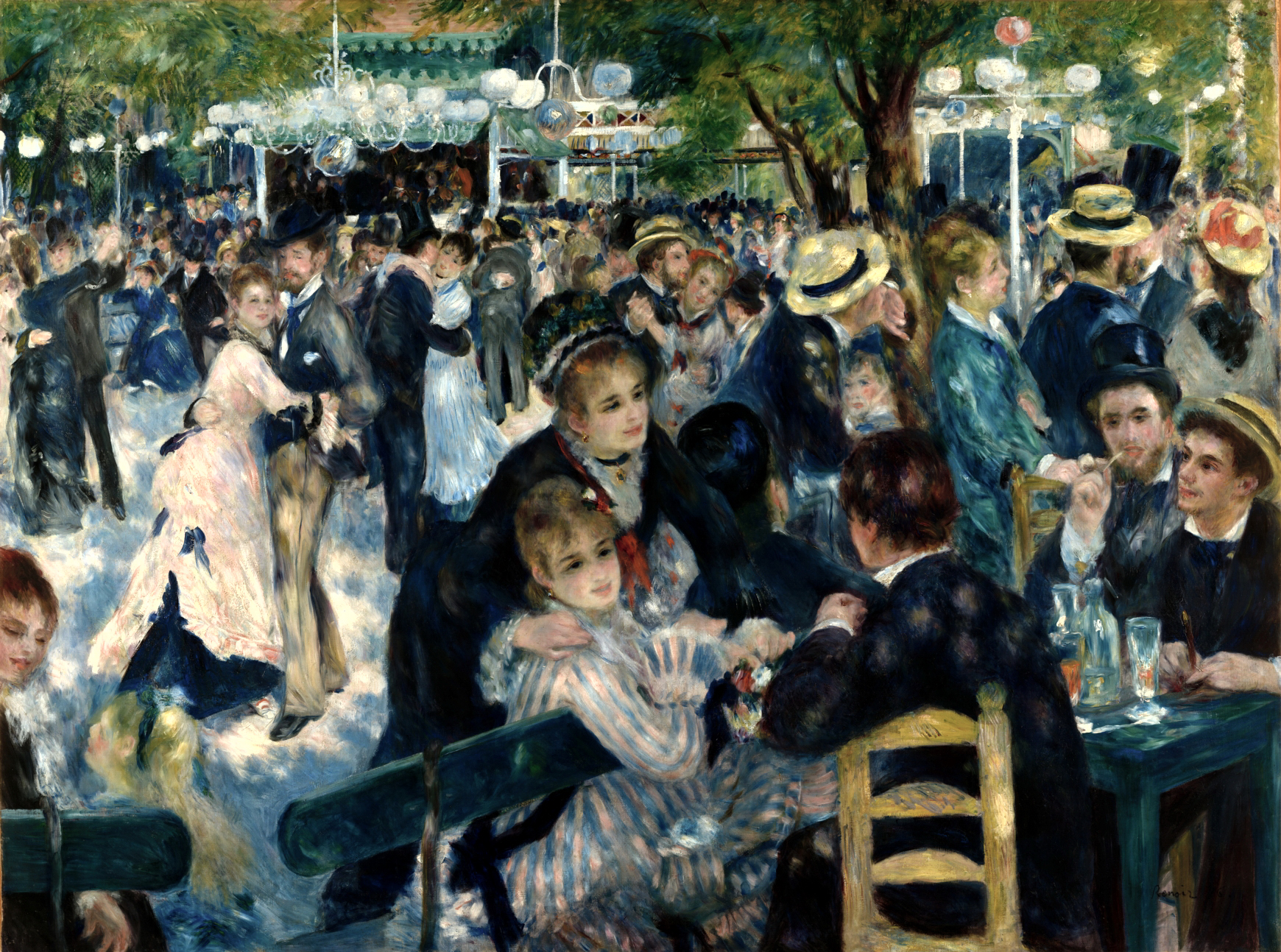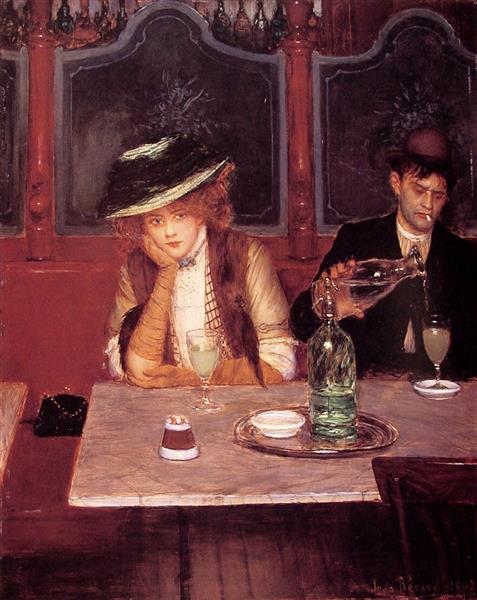From Delancey Place, February 23:
“Emperor Napoleon III ruled France from 1852 to 1870, during which time he brought about an unprecedented renovation of Paris. The project was led by the Seine prefect Baron Georges-Eugene Haussmann, who conceived the wide boulevards, public parks and city facilities to create the Paris we know today. The period of upheaval caused by the modernisation and transformation of the city would become known as 'Haussmannisation'.“The housing Haussmann replaced had mostly been overcrowded and insanitary, carrying the constant threat of disease. Haussmann's grand improvement project was welcomed by some of the area's inhabitants, but the demolition of the old Paris also dismantled the social cohesion that had existed among its poverty-stricken inhabitants. Consequently, Haussmann has been remembered in the conflicting roles of both hero and destroyer. Works of art of the period provide evidence for both roles in equal measure.“Reportedly, Haussmann had endured a sickly childhood, much of which was blamed upon the polluted Parisian air. Correlations have been drawn between his zeal to eliminate the old Paris and rebuild the new with his personal interest in clean air and water. Whatever the motivation, the new sewer system he initiated in the 1850s was clearly a positive contribution to the health and safety of its citizens.

“The polarised experiences of Parisians during this period may be demonstrated if we juxtapose two contemporaneous nineteenth-century scenes: Bal du Moulin de la Galette a Montmartre by Pierre-Auguste Renoir (1841- 1919) and L' Absinthe by Edgar Degas (1834-1917). Renoir's Bal du Moulin de la Galette, 1876, shows a typically fun-filled late nineteenth-century scene in Montmartre. It captures the spirit of this highly sociable outdoor recreation space and well-known haunt of Parisian good-timers. However, beyond the brightly lit dabs of Renoir's brush there lurks evidence of a darker side to Parisian life: a crowd of excluded onlookers, emitting a sense of loneliness. Sexual favours and the drinking of absinthe (a very strong green alcohol) may be the sub-text in Renoir's painting, but the latter and all its societal ills are the explicit focus of Degas' baldly named L'Absinthe. According to a contemporary observer, H.P. Hugh, The sickly odour of absinthe lies heavily in the air. The absinthe hour of the Boulevards begins vaguely at half-past five ... but the deadly opal drink lasts longer than anything else (quoted in Adams, 'The Drink that Fuelled a Nation's Art').....MUCH MORE
It's hard to beat Renoir.
Here's the Degas at the Musée d'Orsay.
However! Jean Béraud, last seen in "The Trouble with Absinthe + Au Café dit l'Absinthe: Jean Béraud, 1908" really nailed the spacey, "Could I be any more bored" vibe in his Absinthe Drinkers, 1908, private collection:
